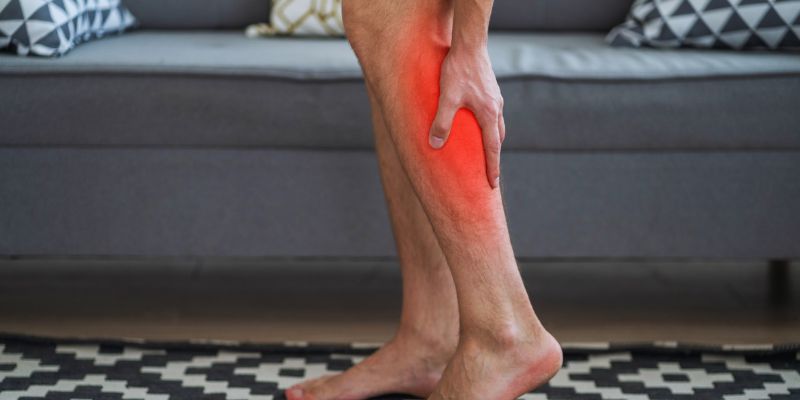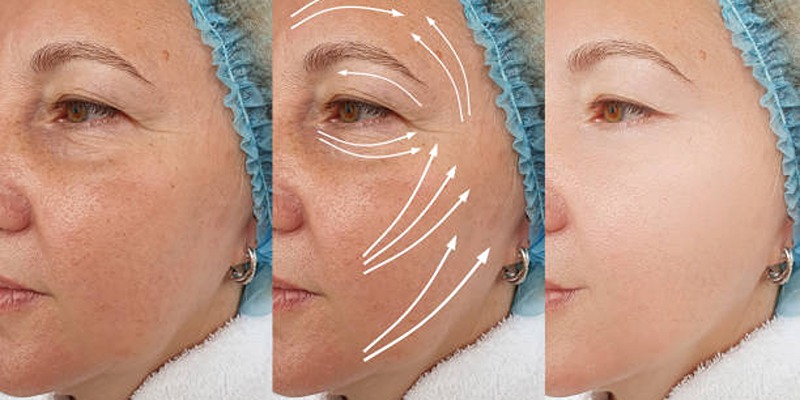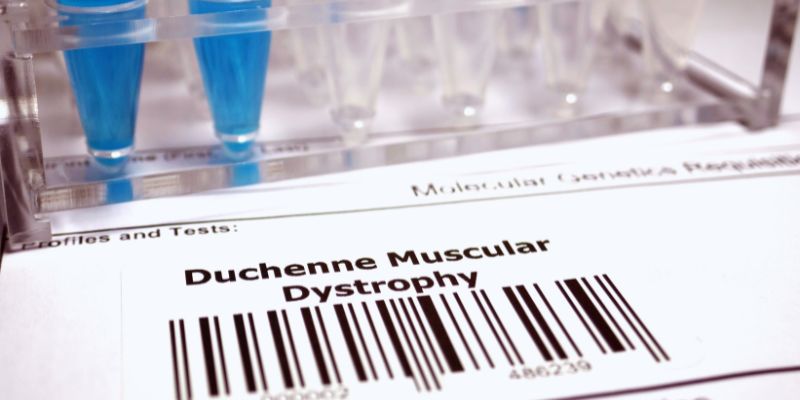Advertisement
Do your fingers or toes suddenly turn white or blue when you're cold or stressed? You might be experiencing symptoms of Raynaud's, a condition affecting blood flow to extremities. This can cause sudden changes in color, tingling, and numbness. Raynaud's Disease and Raynaud's Syndrome may seem similar, but they are distinct in how they affect the body. Raynaud's Disease, also known as Primary Raynaud's, occurs on its own, while Raynaud's Syndrome often signals an underlying health issue, like an autoimmune disorder.
Understanding possible hazards and controlling symptoms can be much improved by knowing the variations between these two forms. Whether you're seeking answers about your symptoms or just learning, this guide breaks down what you need to know about Raynaud's, including symptoms, causes, and treatment options.

The rare disorder Raynaud's Disease, sometimes referred to as Primary Raynaud's, mostly affects the blood vessels in the extremitiesthat is, fingers and toes. This type of Raynaud strikes without any underlying disease or condition. Raynaud's disease sufferers' blood vessels in their fingers or toes narrow significantly, therefore limiting blood flow whether they are stressed or in cold conditions.
The skin may become red and throb as blood flow slowly returns and warms it. Although Primary Raynaud's isn't usually severe, it can still cause major discomfort and problems, particularly in colder climates. Unlike other disorders connected to other medical issues, Raynaud's Disease is usually treatable with lifestyle changes, including keeping warm and controlling stress.
Linked to various medical conditions, especially inflammatory disorders including lupus, scleroderma, or rheumatoid arthritis, Raynaud's Syndromealso known as Secondary Raynaud'sis Unlike Raynaud's Disease, which strikes on its own, Raynaud's Syndrome is more difficult to treat since it is frequently linked with underlying medical issues.
Greater blood vessel constriction decreases blood flow to extremitiessuch as fingers and toesin Raynaud's Syndrome, frequently leading to longer-lasting and more intense episodes than in Primary Raynaud's disease. Restricted blood flow in these episodes may cause fingers or toes to turn white or bluish or even develop blisters or ulcers. If improperly controlled, these sores can cause pain and might cause an infection.
Although the precise origin of Raynaud's isn't known, genes might be involved. Typical triggers are mental stress and cold weather, which constricts blood vessels in fingers and toes. In Primary Raynaud's Disease, the blood vessels are too sensitive to these triggers, which causes decreased blood flow. Underlying medical problems include scleroderma, rheumatoid arthritis, or connective tissue diseases in Secondary Raynaud's (Raynaud's Syndrome) can produce the same symptoms, usually in a more severe form.
Several lifestyle choices may also contribute to Raynaud's. Smoking influences blood circulation, raising the possibility of symptoms. Flare-ups may also result from repeated hand motions, such as typing or using vibrating instruments. Those with Raynaud's may have more frequent symptoms in winter or during especially demanding periods. Hormones may also be involved, as Raynaud's usually affects women more frequently than men.

Below are the common signs and symptoms of Raynaud's that can help you identify this condition and its effects on the body.
Usually, Raynaud's diagnosis is made after a physical examination and a review of the patient's medical history. Doctors probe about symptoms like color changes in fingers or toes and circumstances that set off episodes, such as cold or tension. The cold-stimulus test is a standard diagnostic tool whereby doctors see how fingers react to low temperatures.
Another helpful technique is nailfold capillaroscopy, which examines minute blood veins close to the fingernails for abnormalities. If Raynaud's Syndrome is suspected, blood testing could be sought for autoimmune markers linked to other diseases, like lupus or rheumatoid arthritis. Since the therapies differ, one first determines whether a person has Primary or Secondary Raynaud's disease.
Here are several effective treatment options for managing Raynaud's Disease and Raynaud's Syndrome to help reduce symptoms and improve quality of life.
Ultimately, good care depends on an awareness of Raynaud's Disease and Raynaud's Syndrome. Although blood flow problems to extremities define both disorders, their origins and treatment strategies differ. Changes in lifestyle, stress management strategies, medications, and occasionally surgical possibilities can greatly help symptoms and quality of life. For those impacted, finding triggers and learning to control them is really vital. Those who keep informed and vigilant can have comfortable, busy lives despite the difficulties presented by Raynaud's disease.

By Susan Kelly/Oct 09, 2024

By Mason Garvey/Jan 03, 2025

By Maurice Oliver/Feb 08, 2025

By Madison Evans/Apr 01, 2025

By Aldrich Acheson/Oct 10, 2024

By Paula Miller/Apr 01, 2025

By Tessa Rodriguez/Mar 16, 2025

By Maurice Oliver/Dec 15, 2024

By Darnell Malan/Dec 05, 2024

By Paula Miller/Oct 15, 2024

By Noa Ensign/Dec 15, 2024

By Korin Kashtan/Feb 08, 2025